
Bike Size Chart: Find the Perfect Frame for Road, Mountain & E-Bikes
Choosing the right bike frame size is essential for a safe, comfortable, and efficient ride. A bike size chart helps match your height, inseam, and riding style to the ideal frame, ensuring optimal comfort, control, and performance for road, mountain, hybrid, and electric bikes. Find your perfect bike frame and enjoy every ride to the fullest.
Bike Size Chart (Comprehensive Table)
Selecting the correct bike frame size is essential for comfort, efficiency, and safety. The table below provides a general guide for road bikes, mountain bikes, hybrid bikes, and electric bikes. These sizes are based on your height and inseam measurements.
Note: Always check the manufacturer’s size guide for each specific model, as frame geometry and design can affect fit and handling.
|
Height (cm / ft) |
Inseam (cm / in) |
Road Bike (cm) |
Mountain Bike (inches) |
Hybrid Bike (cm) |
E-Bike (cm / in) |
|
152 / 5'0" |
71 / 28" |
48 XXS |
15 XS |
48 S |
48 / 15 |
|
160 / 5'3" |
75 / 29.5" |
51 S |
16 S |
51 M |
51 / 16 |
|
170 / 5'7" |
79 / 31" |
54 M |
17 M |
54 M |
54 / 17 |
|
175 / 5'9" |
83 / 32.5" |
56 L |
18 M |
56 L |
56 / 18 |
|
180 / 5'11" |
85 / 33.5" |
57 XL |
19 L |
57 XL |
57 / 19 |
|
188 / 6'2" |
89 / 35" |
60 XXL |
20 L |
60 XXL |
60 / 20 |
|
196 / 6'5" |
93 / 36.5" |
63 XXXL |
21 XL |
63 XXXL |
63 / 21 |
Tips for Using the Bike Size Chart
Using a frame size calculator or bike size chart alongside your personal measurements helps you select the perfect bike frame for your body type and riding style. Following a bike sizing guide ensures comfort, reduces fatigue, and maximizes control on every ride.
-
Check Your Measurements
Use your height and inseam to find the closest match on the bike size chart or e-bike size chart. Accurate measurements are the foundation of a proper bike fit guide, improving comfort and pedalling efficiency. -
Consider Your Riding Style
Your riding style can influence which frame size is ideal. Aggressive or performance riders may prefer a slightly smaller frame for improved manoeuvrability and control. Endurance, touring, or comfort-focused riders often benefit from a slightly larger frame to maintain a relaxed posture and reduce fatigue. -
Test Ride When Possible
Even with a size chart, nothing replaces a test ride. Riding the bike before purchase ensures the frame feels natural and fits your body proportions, helping you avoid discomfort or strain. -
In-Between Sizes
If your measurements fall between two frame sizes, your reach (arm span minus height) and torso length can help determine whether to choose the larger or smaller option. Proper consideration ensures optimal pedalling efficiency and upper body comfort. -
Electric Bike Considerations
For electric bikes, frame size may be affected by motor placement and battery weight. Always double-check the manufacturer’s recommendations to ensure a safe and comfortable ride.
Using this bike size chart alongside these tips guarantees a better bike fit, more efficient pedalling, and safer riding, whether on a road bike, mountain bike, hybrid, or electric bike.
How to Measure Yourself for a Bike
Use this bike sizing guide to take precise measurements of your height, inseam, and reach. Accurate measurements are essential for finding your optimal bike fit and ensuring your perfect bike frame supports efficient pedalling, proper posture, and overall riding comfort.
Measure Your Height
Stand upright against a wall with your heels, buttocks, and shoulders touching the wall. Keep your feet flat on the floor and your back straight. Place a flat object, such as a book, on top of your head to form a right angle with the wall. Mark the point where the book meets your head, then measure the distance from the floor to this mark using a tape measure in centimetres. This measurement serves as the baseline for determining your appropriate bike frame size. Accurate height measurement ensures proper leg extension and overall riding efficiency.
Measure Your Inseam
Your inseam measurement determines the correct stand over height for your bike. Stand with your feet 15–20 cm apart, then place a book or similar flat object snugly between your legs, pressed against your crotch. Keep the book level and measure the distance from the floor to the top. This ensures proper clearance over the bike’s top tube, prevents knee or hip strain, and allows safe mounting and dismounting. Accurate inseam measurement is especially important for mountain bikes, road bikes, and e-bikes with higher top tubes.
Optional: Measure Your Reach (Ape Index)
Extend your arms fully at shoulder height and measure the distance from fingertip to fingertip. Subtract your height from this arm span to calculate your ape index. A positive ape index indicates longer arms, suggesting a slightly larger frame may be more comfortable. A negative ape index indicates shorter arms, suggesting a smaller frame. Additionally, consider torso length and shoulder width when finalizing your choice, as these factors influence handlebar reach, riding posture, and overall bike control.
Choosing Between Two Sizes
If your measurements fall between two frame sizes, a bike sizing guide or frame size calculator can help you find the most suitable option. Selecting the right size ensures your optimal bike fit, reduces strain on your back, knees, and shoulders, and improves overall pedalling efficiency. Consider your ape index—riders with longer arms may prefer a slightly larger frame for better reach, while those with shorter arms may feel more comfortable on a smaller frame to avoid overextension.
Your riding style plays a crucial role in determining the ideal frame. Aggressive or performance riders often choose a smaller frame for better manoeuvrability, while endurance or comfort-focused cyclists benefit from a larger frame for a relaxed posture and reduced fatigue.
Factoring in body proportions, such as torso length and shoulder width, ensures you select the perfect bike frame. Using a bike fit guide and e-bike size chart alongside proper measurements guarantees a safe, comfortable ride and your optimal bike fit every time.
Stand Over Height & Bike Type Considerations
What is Stand Over Height?
Stand over height is the vertical distance from the ground to the top tube of a bike. Having at least 2 cm of clearance between your body and the top tube is essential for safety, comfort, and proper bike fit. Correct stand over height allows for easy mounting, safe dismounting, and reduces the risk of injury.
Stand Over Height Recommendations by Bike Type
-
Road Bikes: Longer top tubes for speed and aerodynamics. Proper bike frame size and reach are essential for comfortable pedalling and efficient riding.
-
Mountain Bikes: Shorter top tubes designed for manoeuvrability. Extra clearance is recommended for off-road trails and technical terrain.
-
Hybrid / Commuter Bikes: Moderate top tube height balances comfort, efficiency, and everyday usability for commuting or leisure riding.
-
Folding Bikes: Low top tube for compact storage and portability, but check clearance to ensure safe mounting and riding.
-
Electric Bikes: Slightly larger frames may be needed due to battery and motor placement, which can affect stand over height and handling.
Why Stand Over Height Matters for Bike Fit
Your stand over height chart works alongside height, inseam, and reach measurements to determine the ideal bike frame size. Correct stand over height ensures comfort, reduces strain, and enhances control for all bike types.
Kids & Youth Bike Size Chart
Choosing the right bike for children is just as important as for adults. Using a bike size chart ensures the correct wheel size, frame size, and stand over height, helping kids ride safely and comfortably while promoting confidence and control.
|
Wheel Size |
Min Rider Height |
Max Rider Height |
Min Inseam |
Max Inseam |
Age |
|
12" |
85 cm |
98 cm |
33 cm |
41 cm |
2–3 |
|
14" |
88 cm |
104 cm |
36 cm |
51 cm |
4 |
|
16" |
95 cm |
114 cm |
41 cm |
51 cm |
5 |
|
18" |
112 cm |
127 cm |
46 cm |
56 cm |
6 |
|
20" |
114 cm |
129 cm |
53 cm |
63 cm |
7 |
|
24" |
128 cm |
143 cm |
57 cm |
68 cm |
8 |
|
26" |
135 cm |
150 cm |
61 cm |
81 cm |
9–11 |
Best isinwheel E-Bikes by Rider Height & Size
Find the perfect isinwheel e-bike for your height and riding style. These models offer ergonomic designs, adjustable features, and optimal frame sizes to ensure comfort, control, and efficiency on every ride. Use this guide to match your measurements with the right e-bike.
|
Images |
 |
 |
 |
 |
 |
 |
|
Models |
||||||
|
Rider Height |
150–185 cm |
160–192 cm |
155–185 cm |
160–190 cm |
140–180 cm |
150–192 cm |
|
Top Speed |
20 MPH |
20 MPH |
18.6 MPH |
21.7 MPH |
19 MPH |
20 MPH |
|
Peak Power |
500W |
500W |
500W |
500W |
500W |
750W |
|
Battery |
36V 7.8Ah |
36V 13Ah |
36V 7.8Ah |
36V 10.4Ah |
36V 10.4Ah |
36V 10.4Ah |
|
Max Range |
28 miles |
65 miles |
35 miles |
60 miles |
55 miles |
55 miles |
|
Speed (before unlock) |
10/15/25 km/h |
6/10/15/20/25 km/h |
10/15/25 km/h |
6/10/15/20/25 km/h |
6/10/15/25 km/h |
6/10/15/20/25 km/h |
|
Speed (after unlock) |
15/25/32 km/h |
10/15/20/25/32 km/h |
15/25/30 km/h |
6/10/15/20/35 km/h |
15/25/30 km/h |
10/15/20/25/32 km/h |
|
Brake System |
front and rear disc brakes |
mechanical brake |
disc brakes |
mechanical disc brakes |
dual disc brakes |
dual disc brakes |
|
Max Load |
120 kg |
120 kg |
120 kg |
150 kg |
120 kg |
120 kg |
|
Net Weight |
23.2 kg |
27 kg |
23.3 kg |
27kg |
26.5 kg |
28.4 kg |
|
Suspension |
Rear mid shock absorber |
Front suspension |
Adjustable front fork + comfort saddle |
Hydraulic fork |
Dual |
Aluminum front fork |
|
Max Climb |
20% |
37% |
25% |
20% |
20% |
20% |
|
Tire Size |
14×1.95" |
26×1.95" |
16×1.75" |
26×1.95" |
16×2.15" |
26×1.95" |
|
Tire Type |
Pneumatic |
Pneumatic |
Pneumatic |
Pneumatic |
Pneumatic |
Pneumatic |
|
IP Rating |
IPX4 |
IP65 |
IPX65 |
IPX5 |
IPX4 |
IPX4 |
|
Removable Battery |
No |
Yes |
No |
Yes |
Yes |
Yes |
Conclusion
Using a bike size chart with your personal measurements ensures comfort, efficiency, and safe riding. Proper frame selection improves pedalling, reduces strain, and enhances control across all bike types.
Measure carefully, consider reach and stand over height, and test ride if possible. Explore isinwheel e-bikes for models designed with ideal frame sizing for maximum comfort and performance.
FAQs
1. What size bicycle is right for my height?
The right bicycle size depends on your height, inseam, and riding style. Using a bike size chart or following a bike fit guide helps you select the correct bike frame size for maximum comfort and efficiency.
2. How tall should you be for a 26-inch bike?
A 26-inch bike is typically suitable for riders between 135 cm and 150 cm tall, making it ideal for children, teenagers, and shorter adults who need a smaller frame for better control and maneuverability. Checking stand over height and seat adjustment is essential to ensure a safe and comfortable fit.
3. What size bike for a 5ft 7 man?
A man who is 5ft 7in (170 cm) will usually fit a 54 cm road bike, a 17-inch mountain bike, or a 54 cm hybrid bike, depending on the bike type and geometry. Considering factors such as torso length, arm span, and riding style will help confirm the most comfortable and efficient frame size.
4. What size is a 57cm bike frame?
A 57 cm bike frame is generally classified as an extra-large road bike, suitable for riders around 5ft 11in (180 cm). This frame size offers sufficient reach and leg extension for efficient pedalling while maintaining a comfortable riding posture on long rides or fast cycling sessions.
The Latest Posts
Explore isinwheel products
City E Scooter | Off-Road Scooter
Fastest Scooter | Kids Scooters




















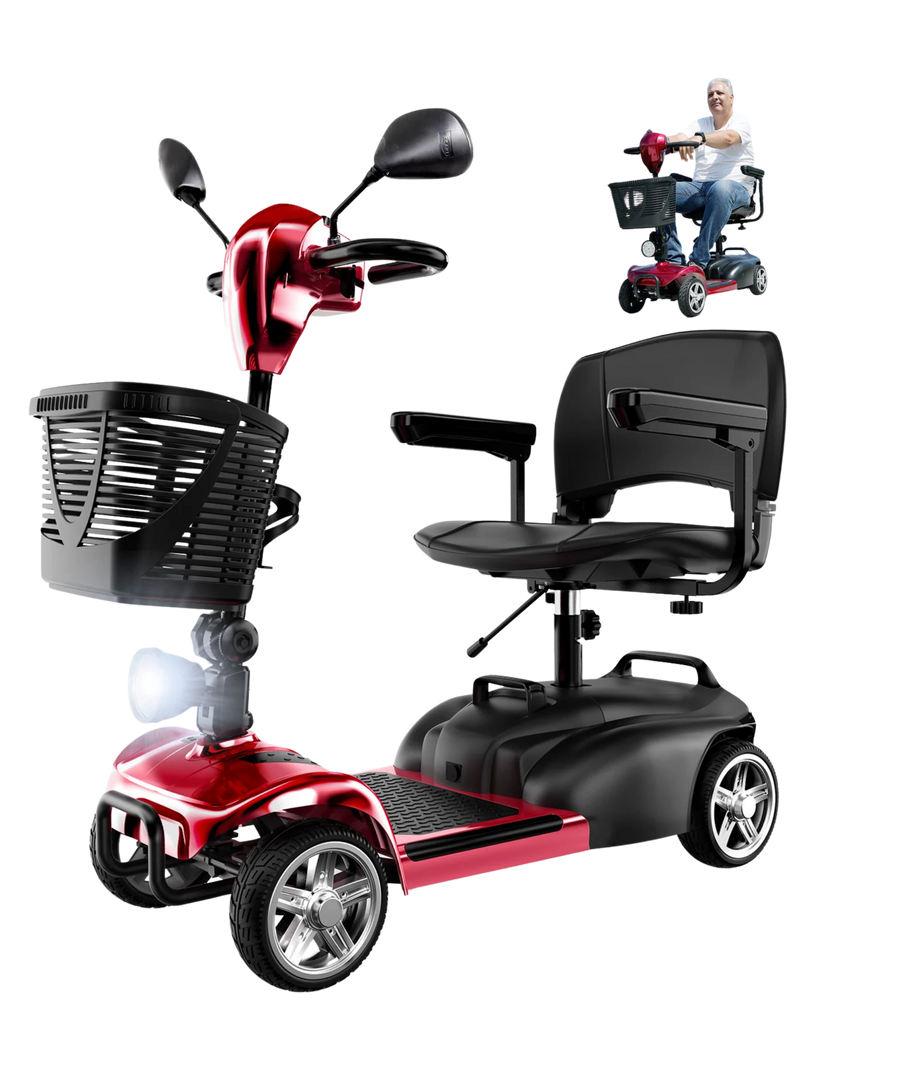
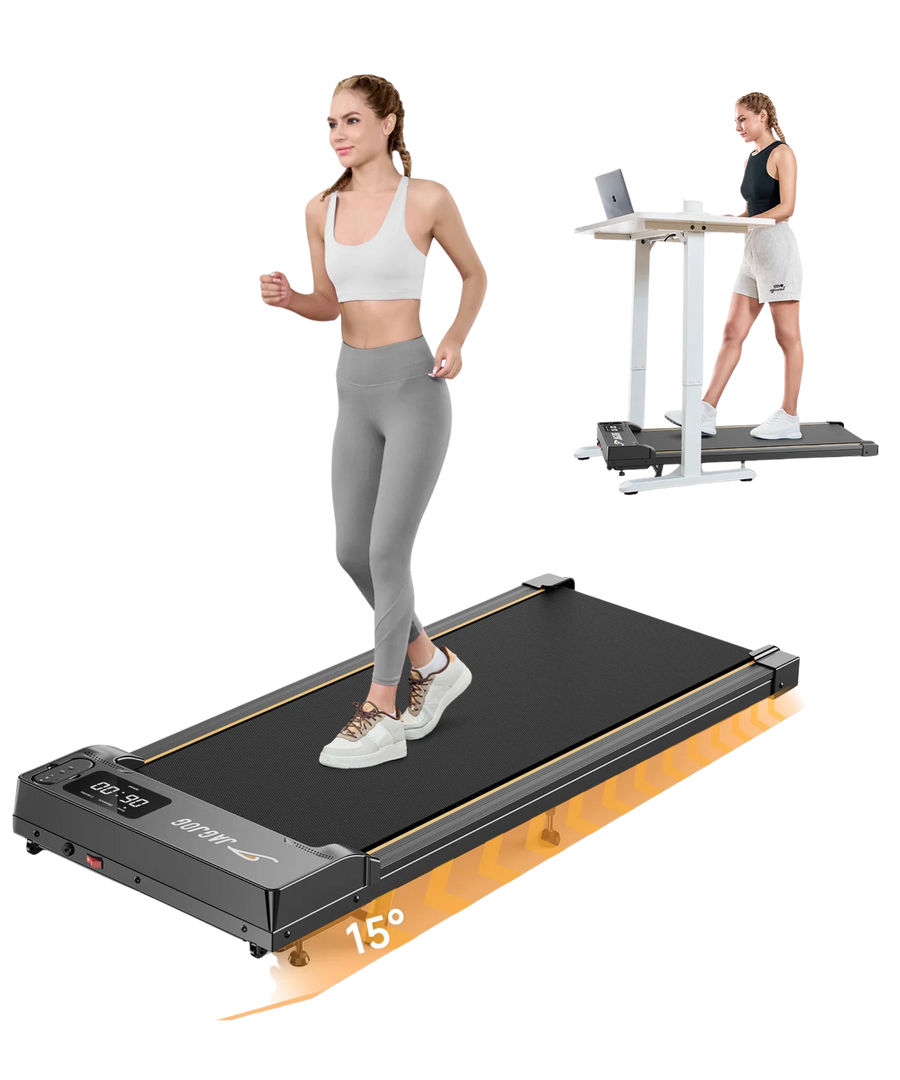


























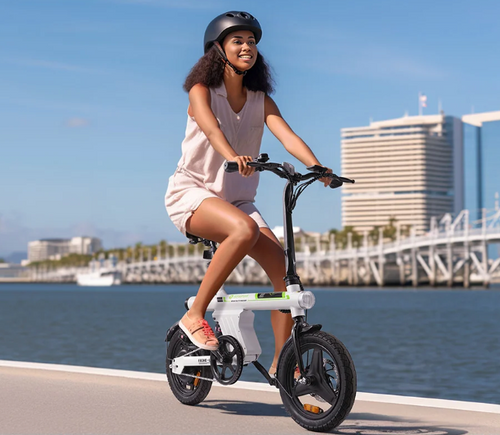



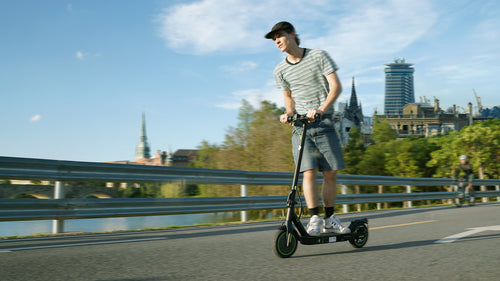


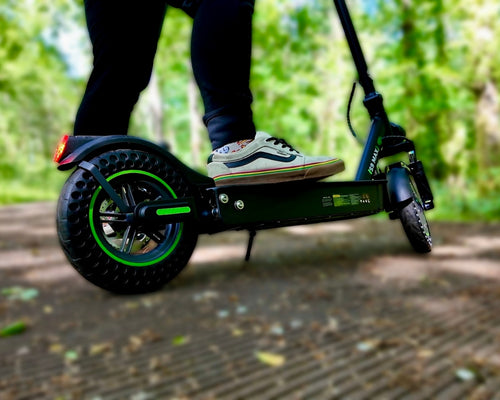
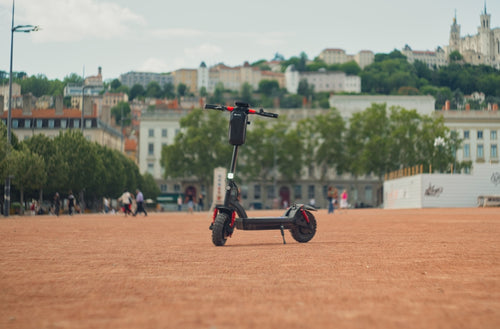
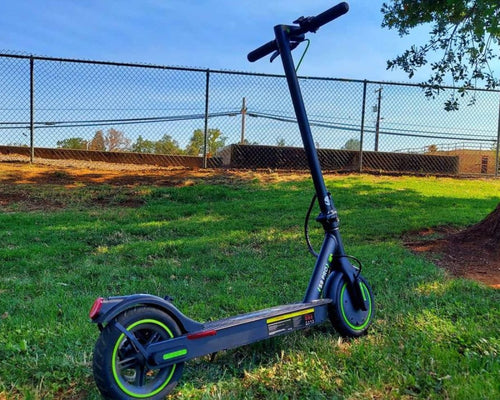





Leave a comment